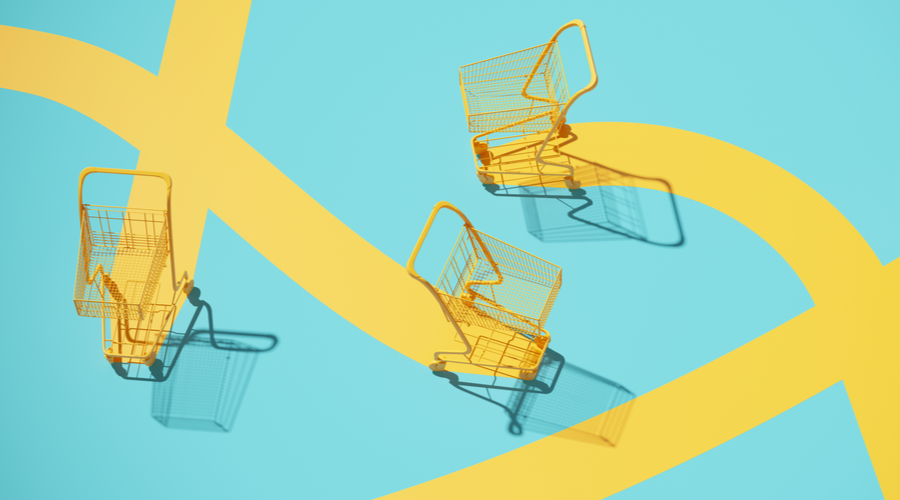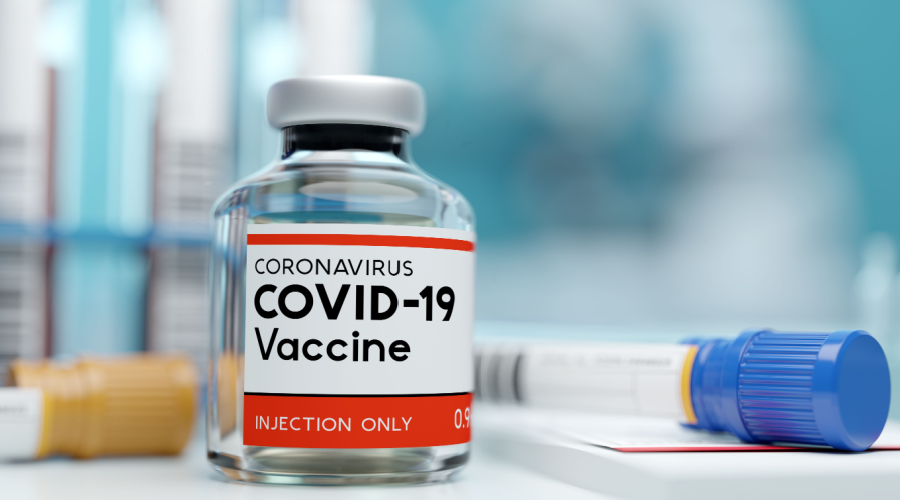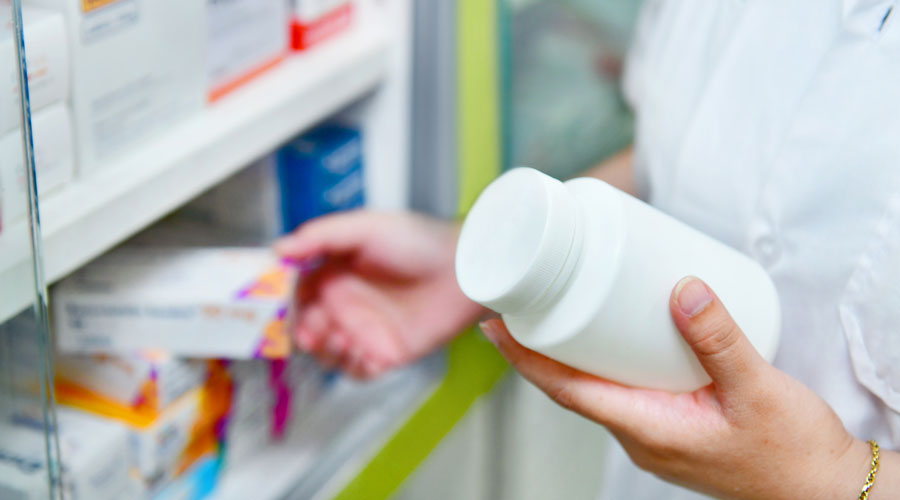A retail layout is only as good as the merchandising it’s paired with. Retail design experts Bob Mayslak, a retail design consultant with Gladson Design Group, and Jason Trail, a senior enterprise solutions architect and floor and space planning expert for Plantensive, give some layout and merchandising recommendations for strategic and commonly neglected areas of your store.
[For an in-depth look at optimizing your pharmacy layout, read The Essential Guide to Retail Pharmacy Layouts]
1. Make the most of the pharmacy counter
Use the area near the pharmacy counter for items that can benefit from a pharmacist’s expertise, like vitamins and supplements or CBD products. Keeping them close to the pharmacy counter makes it easier for curious shoppers to ask questions about unfamiliar products and helps pharmacists more easily recommend items to patients. “About 98 percent of the time when a pharmacist hands you a product, you’re going to buy it,” Mayslak said.
2. Simplify the checkout
A common pitfall in checkouts is an inefficient or confusing setup. Mayslak and Trail both stressed the value of clear paths and signage that guide customers to the right checkout lines. The checkout should also be arranged to minimize cluttered space and long lines. “If it gets frustrating enough, somebody’s going to set their product down and walk out the door,” Trail said.
3. Use strategic product placement
Put items that shoppers aren’t typically coming into the store to buy, such as impulse items and promotional products, in outside aisles where there’s high visibility and traffic. Put your “seek-and-destroy” products, like cough and cold, in your inner aisles. As shoppers search for their intended products on the inner aisles, they’ll have to pass the outer aisles to get there. “Having a reminder that it’s there might get me to stop and buy something that I didn’t necessarily intend to buy,” Mayslak said.
4. Change out your end caps
End caps can bring people’s attention to an item they wouldn’t have seen in the aisle and lead to more sales. Switch up your end caps at least once a month, but ideally twice a month. “If you have the same item in an aisle versus on the end cap, you’re going to sell roughly 25 to 30 percent more, so changing those things out is going to get them to buy a little bit more,” Mayslak said.
5. Make shoppers slow down
Every layout should include strategically placed areas for people to slow down. “You want to give them areas to naturally stop and survey the products that are out there,” Mayslak said. “And that’s why the end caps or promo aisle or anything that kind of draws your eye to it is rather important as far as retailing and merchandising.”
6. Don’t forget the aesthetics
As you’re drawing up your layout plans, don’t neglect any details of your store design. “Make sure that you look at every little thing, as it affects something else. How you want that place to be perceived is going to be affected by all the decisions you make from the ceiling tiles down to the flooring, down to where the shelving is and how the pharmacy is set up,” Mayslak said. “So take everything into consideration when you’re doing it.
The Language of Layouts
Are you fluent in the vocabulary of retail layouts? Here are some key terms to know.
Decompression zone: The area around a store entrance where the customers will get their bearings before proceeding through your space.
Power wall: A large, visually appealing display in the area to the right of the decompression zone. This is typically a customer’s first interaction with your merchandise after entering the store.
Speed bump: Strategically placed displays in the store that attempt to grab the attention of the customer and get them to slow down and browse.
Planogram: A diagram for arranging products in categories on retail shelves to maximize front-end sales.
Gondola: A freestanding, shelved fixture used to display merchandise.
An Independently Owned Organization Serving Independent Pharmacies
PBA Health is dedicated to helping independent pharmacies reach their full potential on the buy side of their business. The member-owned company serves independent pharmacies with group purchasing services, expert contract negotiations, proprietary purchasing tools, distribution services, and more.
An HDA member, PBA Health operates its own NABP-accredited (formerly VAWD) warehouse with more than 6,000 SKUs, including brands, generics, narcotics CII-CV, cold-storage products, and over-the-counter (OTC) products.
Want more pharmacy business tips and advice? Sign up for our e-newsletter.











